DNS, or the Domain Name System, is a system that translates human-readable website names into IP addresses. DNS servers store this translation information in a database, and when you type in a website name, your computer contacts a DNS server to look up the IP address.
If the “DNS Server Not Responding” appears. This can be caused by several things, including incorrect DNS settings, temporarily unavailable DNS servers, or firewall issues.
You are receiving the “DNS Server Not Responding” Error on Windows. This error is frustrating, and you don’t know how to fix it.
This article will provide a complete guide on how to fix Windows’s “DNS Server Not Responding” Error.
Contents
- What Does “DNS Server Not Responding” Mean on Windows?
- How to Fix the “DNS Server Not Responding” Error in Windows?
- Method #1: Switch to a Different Browser
- Method #2: Start Your Computer in Safe Mode
- Method #3: Disable Your Antivirus Software
- Method #4: Disable Secondary Connections
- Method #5: Disable the Windows Peer-to-Peer Feature
- Method #6: Restart Your Router
- Method #7: Install Updated Network Adapter Drivers
- Method#8: Flush Your DNS Cache and Reset Your IP
- Method #9: Disable IPv6
- Method #10: Change the Default DNS Server on Your Windows Computer
- Frequently Asked Questions: (FAQs)
- Conclusion
What Does “DNS Server Not Responding” Mean on Windows?
It could be due to a “DNS Server Not Responding” error if you cannot connect to the internet or email on your Windows computer. The Domain Name System (DNS) allows humans to use easy-to-remember domain names instead of complex IP addresses. DNS servers convert these domain names into the IP addresses that machines use to communicate with each other.
You’ll see a “DNS Server Not Responding” error if your computer cannot contact the server. Several things, including a problem with your internet connection or a misconfiguration on your computer, can cause this.
Luckily, there are a few things you can do to fix this error, similar to the DNS Address Could Not Be Found Google Chrome error. Try to restart your computer and router. If that doesn’t work, you can try flushing your DNS cache or changing your server settings.
How to Fix the “DNS Server Not Responding” Error in Windows?
DNS Server Not Responding is one of Windows users’ most common errors. Many factors, such as incorrect DNS settings, corrupt DNS cache, or outdated drivers, can cause this error. Here are some troubleshooting tips to fix the “DNS Server Not Responding” error:
Method #1: Switch to a Different Browser
If you’re still having trouble after trying the steps above, you may need to switch to a different browser. This is because some browser extensions can cause DNS issues. Go to Google Chrome and switch to Mozilla Firefox or Microsoft Edge for the best experience.
Try switching to Google Chrome or Microsoft Edge if you’re using Mozilla Firefox. If you’re using Microsoft Edge, try switching to Google Chrome or Mozilla Firefox.
Method #2: Start Your Computer in Safe Mode
If you’re getting the “DNS Server Not Responding” error or Err_Connection_Reset Chrome Error it might be a good idea to try starting your computer in safe mode. Safe mode is a stripped-down version of Windows that can help you troubleshoot problems. To start in safe mode:
1. Press the Windows key and R simultaneously to open the Run dialog box.
2. Type “msconfig” and press Enter. This will open the System Configuration utility.
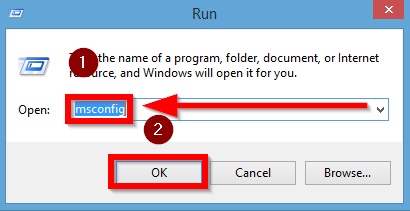
3. Go to the Boot tab and select Safe boot. You can also select Network if you want to be able to access the internet in safe mode.
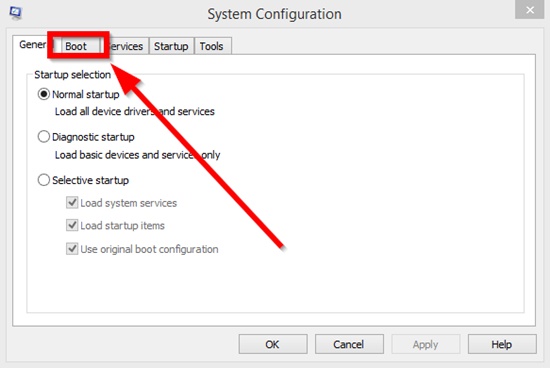
4. Click OK and restart your computer.
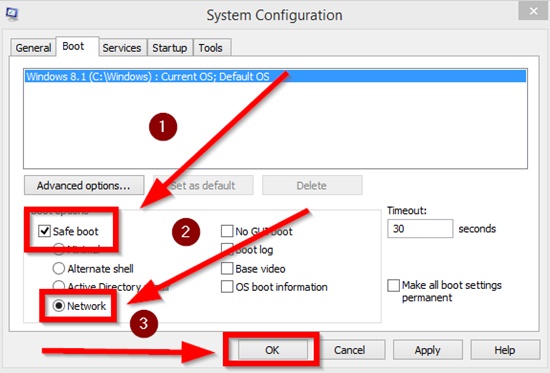
When your computer starts in safe mode, you should see the words “Safe Mode” in the corners of your screen. If you don’t see this, you didn’t do step 3 correctly.
Method #3: Disable Your Antivirus Software
It’s no secret that antivirus software can be a pain. It can slow down your computer, make it difficult to install other programs, and sometimes conflict with other software on your computer.
But despite all of its drawbacks, antivirus software is still essential. After all, it’s there to protect your computer from malware and other security threats.
So what do you do if you’re getting the “DNS Server Not Responding” error on your Windows computer? One potential fix is to disable your antivirus software temporarily.
This will allow you to determine if your antivirus software is causing the issue. If the problem goes away after you disable your antivirus software, then you know that’s what was causing the issue.
How Do I Disable My Antivirus Software?
Here’s how to disable your antivirus software in Windows:
1. Go to the Start menu and search “Control Panel.”
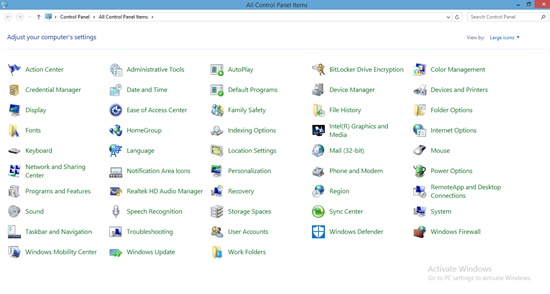
2. Click “System and Security.”
3. Click “Security and Maintenance.”
4. Under “Security,” click “Turn off Windows Defender.”

5. A pop-up window will appear asking if you want to turn off Windows Defender.
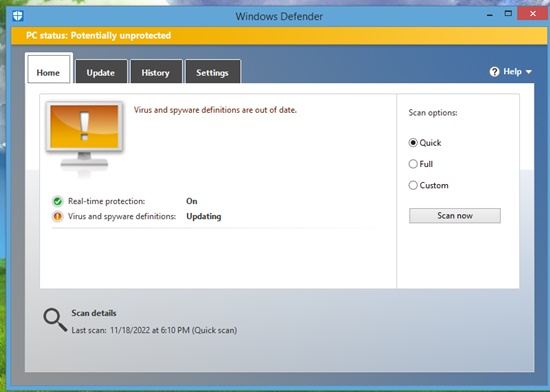
6. Click “Yes.”
Method #4: Disable Secondary Connections
If you’re getting the “DNS Server Not Responding” error, it might be because of a problem with your primary or secondary DNS servers. You can fix this issue by disabling your secondary DNS server connection. Here’s how:
1. In the Windows search bar, type “Network Connections” and select the first result.
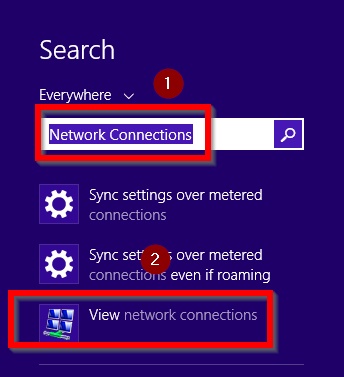
2. Right-click on your primary network connection and select “Properties.”

3. Select “Internet Protocol Version 6 (TCP IPv6)” from the list, and you can click “Properties.”
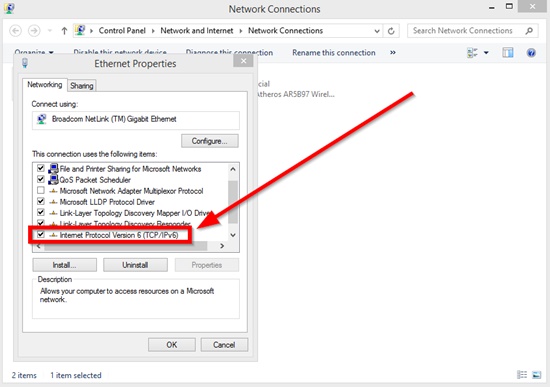
4. Under “DNS servers,” delete any existing DNS server entries and enter your primary DNS server address. If you don’t have a primary DNS server, you can use Google’s Public DNS server address (8.8.8.8).
5. Press “OK” to save yourself and dismiss the window.
Method #5: Disable the Windows Peer-to-Peer Feature
Windows peer-to-peer networking is a feature that can save you money on your home network. By sharing files and printers with other computers on your home network, you can reduce the amount of hardware and software you need.
But if you’re not careful, peer-to-peer networking can be a security risk. If you’re not using it, it’s best to disable the Windows peer-to-peer feature. Here’s how:
1. Open the Control Panel.
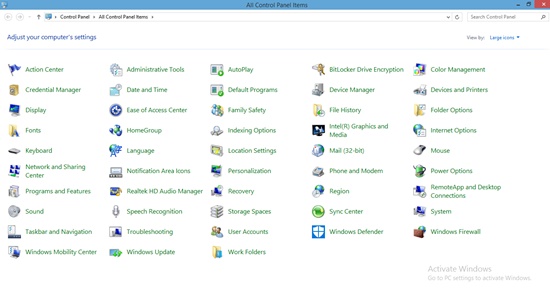
2. Click “Network and Sharing Center.”
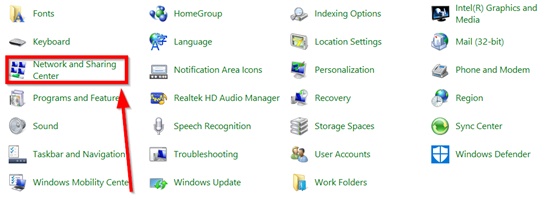
3. Click “Change advanced sharing settings.”
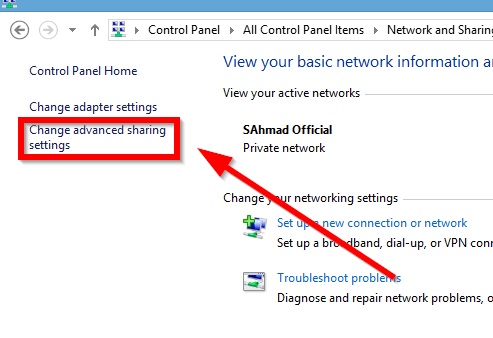
4. In the “Change advanced sharing settings” area of Change Advanced Sharing Settings, click Add network or change advanced sharing settings.
5. In the window that appears, expand the Home or Work profile. (If you don’t see a Home or Work profile, expand the Private or Public profile.)
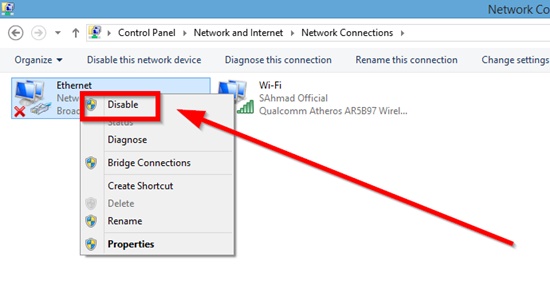
6. Click “Disable” and ” Do not show this message again.
Method #6: Restart Your Router
If you’re experiencing the “DNS Server Not Responding” error on Windows, one thing you can try is restarting your router. This will reset your connection to the internet and hopefully fix the problem.
To restart your router, unplug it from the power outlet for 30 seconds and then plug it back in again. Once it’s back on, try reaccessing the internet and see if the DNS error is still occurring.
If restarting your router doesn’t work, you can try a few other things, such as flushing your DNS cache or changing your server. However, restarting your router is usually the quickest and easiest fix for this problem.
Method #7: Install Updated Network Adapter Drivers
The “DNS Server Not Responding” error might be because your network adapter drivers are outdated. You’ll need to update your network adapter drivers to fix this problem. Here’s how to do it:
1. First, open up Device Manager. You can do this by pressing the Windows key + R, then type “devmgmt.msc” and hitting Enter.
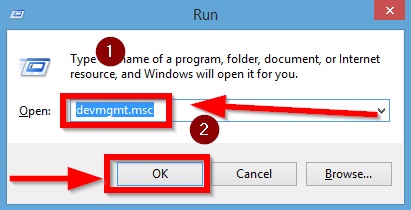
2. Next, find your “network adapter” in the list of devices and expand it.
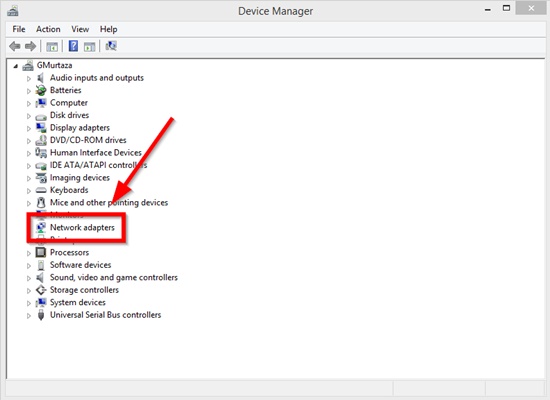
3. Right-click on your network adapter and select “Update Driver Software.”
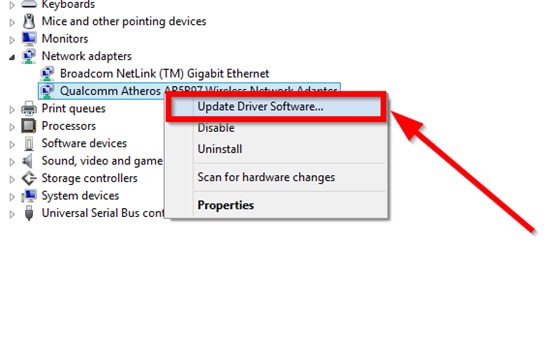
4. Now, select “Search automatically for updated driver software.”

5. This will cause Windows to search for the latest drivers for your network adapter. If there are any updates available, they will be downloaded and installed automatically.
Method#8: Flush Your DNS Cache and Reset Your IP
One of the most common ways to fix the “DNS Server Not Responding” error is to flush your DNS cache and reset your IP. Here’s how to do it:
Flush Your DNS Cache
1. The first thing you want to try is flushing your DNS cache. This will clear out any lousy DNS entries that might be causing problems.
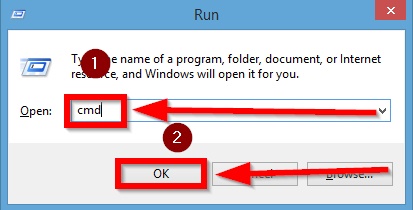
2. To do this, open the Command Prompt and search for “ipconfig/flushdns.”
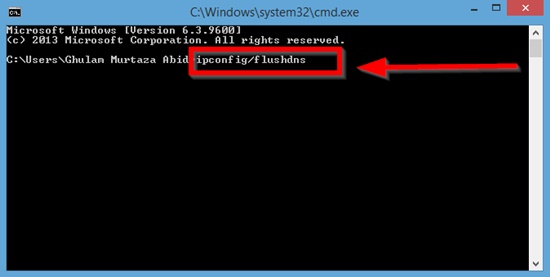
3. Press Enter, and you should see a window that reads, Successfully flushed the DNS Resolver Cache.
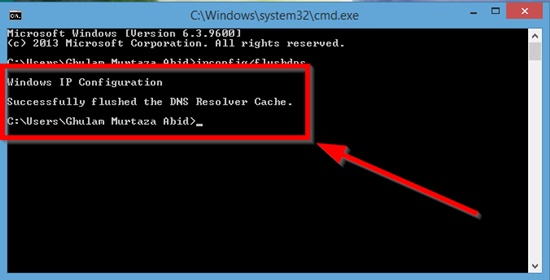
Reset Your IP Address
If flushing your DNS cache doesn’t work, you can try resetting your IP address. This will force your computer to get a new IP address from your ISP.
Method #9: Disable IPv6
You’re getting the “DNS Server Not Responding”; it might be because your system is configured to use IPv6 instead of IPv4. You can disable IPv6 to see if that fixes the problem.
Here’s how to disable IPv6 in Windows:
1. Start > Programs > Network Connections: Go to it and type in “network connections.”
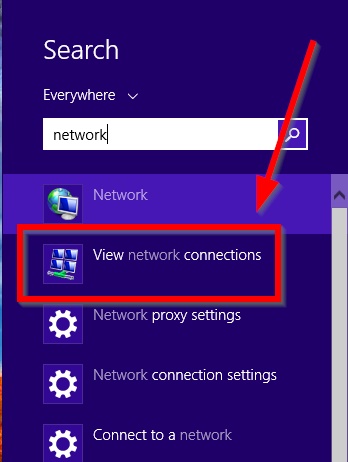
2. Right-click on the active link and select “Properties.”
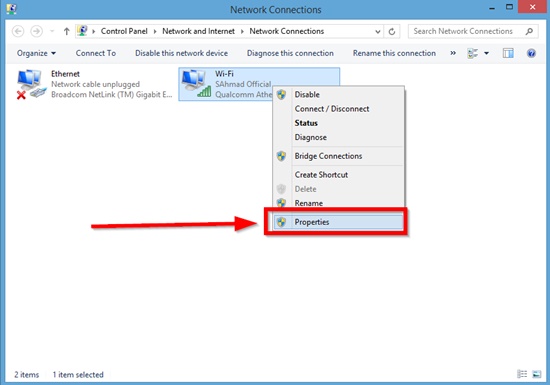
3. Unmark the box next to “Internet Protocol Version 6 (IPv6).”
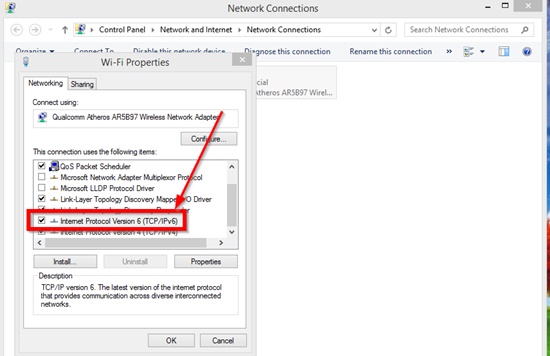
4. Click “OK” to save your changes.
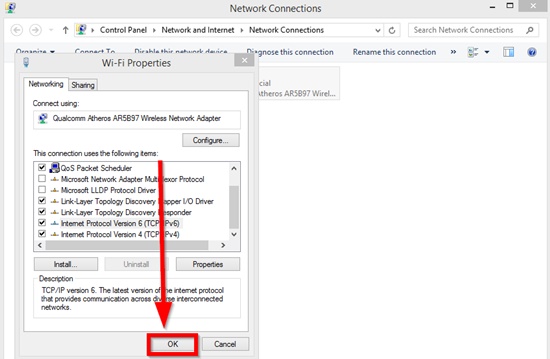
After you’ve disabled IPv6, try opening a web page again to see if the DNS Server Not Responding error has been fixed.
Method #10: Change the Default DNS Server on Your Windows Computer
If your Windows computer is having trouble connecting to the internet, it may use the wrong DNS server. You can change the DNS server your computer uses by following a few simple steps.
1. First, open the Control Panel. In the search box, type “network” and click on Network and Sharing Center. Click on the “Properties” option.
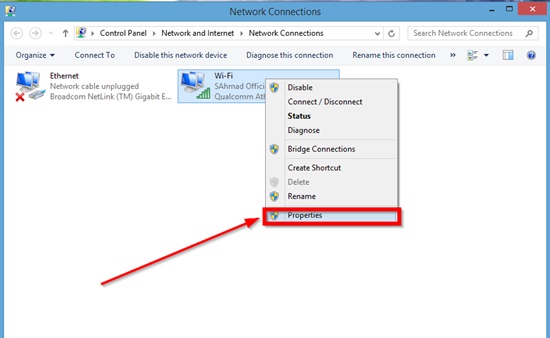
2. Next, click on IPv4 instead of IPv6.
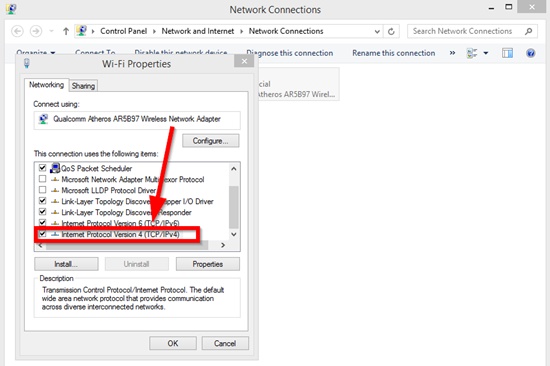
3. After clicking on IPv4 instead of IPv6. Choose the” “properties” and “OK.”
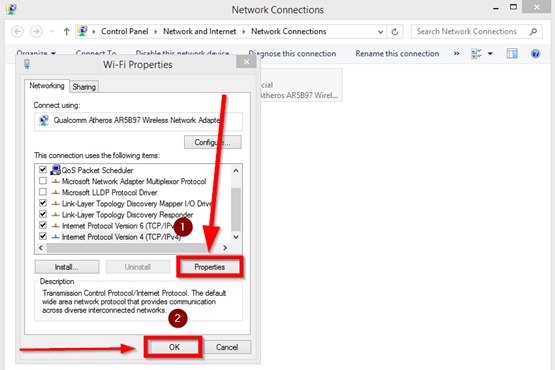
4. Follow the following instructions mentioned in the following image.
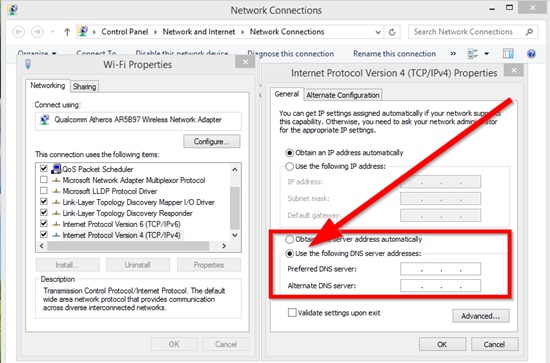
5. Enter a preferred DNS server address and an alternate DNS server address. Google’s public DNS addresses are 8.8.8.8 and 8.8.4.
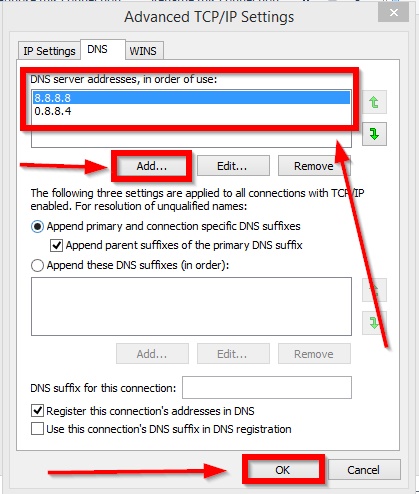
Frequently Asked Questions: (FAQs)
How can I reset my DNS server?
Here’s how to do it in Windows:
1. Open the Control Panel and click on Network and Internet.
2. Click on Change adapter settings.
3. Right-click on your active network connection and select Properties.
4. Select Internet Protocol Version 4 (TCP/IPv4) and click the Properties button.
5. Click the Use the following DNS server addresses radio button and enter the following values:
8.8.8.8 -> Google Public DNS
8.8.4.4 -> Google Public DNS
How do I fix the DNS error on Chrome?
1. Clear your Chrome browser cache.
2. Restart your computer and router.
3. Change your DNS server.
4. Check your host’s file.
Why would a DNS server not be responding?
1. Your DNS server may be down or not responding.
2. You may have an outdated or corrupt DNS cache.
3. Your internet connection may be experiencing issues.
Fortunately, you can do a few things to fix this problem.
1. First, try restarting your computer and router. If that doesn’t work, try flushing your DNS cache.
2. Finally, if you’re still having trouble, you can try using a different DNS server.
What is DNS server in WIFI?
When you connect to a Wi-Fi network, your device will automatically assign itself a DNS server from the list of available ones. This is usually the DNS server provided by your ISP, but it could also be a public DNS server such as Google’s 8.8.8.8 or Cloudflare’s 1.1.1.1.
DNS servers are an essential part of how the Internet works, but they’re often taken for granted. Without them, we would have to remember long strings of numbers instead of easy-to-remember domain names like google.com or Facebook.
Conclusion
In conclusion, the “DNS Server Not Responding” error on Windows can be fixed by following the steps outlined in this article. Check your internet connection and make sure that the DNS server is online. Flush the DNS cache and renew the DNS settings.
Finally, reset the TCP/IP stack and disable any third-party firewall software. By following these steps, you should be able to fix the “DNS Server Not Responding” error on Windows.
